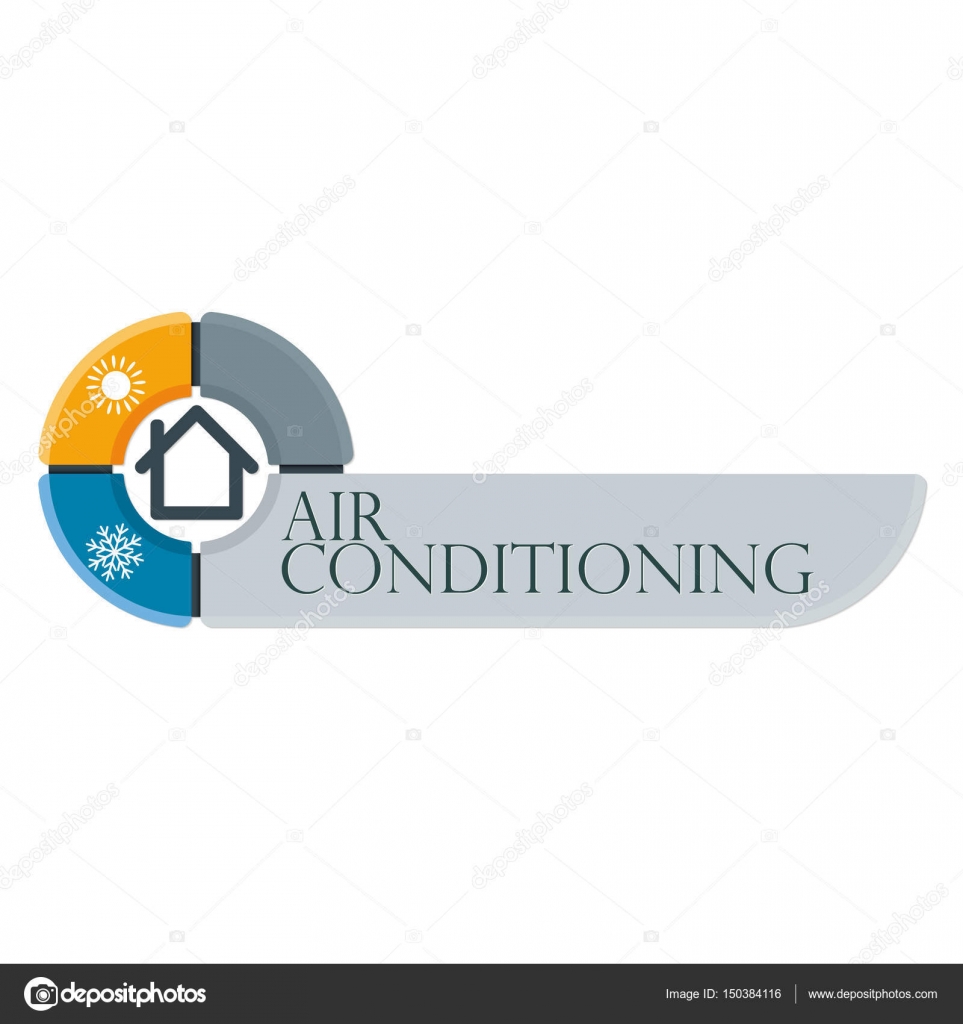Discover The Essential Methods To Improve The Efficiency And Life Expectancy Of Your Heatpump System By Preventing Typical Installation Errors
Discover The Essential Methods To Improve The Efficiency And Life Expectancy Of Your Heatpump System By Preventing Typical Installation Errors
Blog Article
Web Content Create By-Stuart Wheeler
When setting up a heat pump, you must steer clear of common errors that could threaten its performance. Overlooking appropriate sizing might lead to inefficiencies and greater utility costs. Neglecting insulation and securing might cause energy wastage and stress on the system. Moreover, positioning the outdoor system incorrectly may affect its performance. By avoiding these errors, you can make certain optimal working and toughness of your heatpump system.
Improper Sizing of Heat Pump
When it pertains to the installation of heatpump, one of the most usual blunders is poorly sizing the unit for your room. Making sure the right dimension is critical for optimal efficiency. If the heatpump is also tiny, it will certainly battle to warm or cool your room successfully, bring about enhanced power costs and prospective wear and tear on the unit.
On the other hand, if the heat pump is also big, it will certainly cycle on and off frequently, triggering temperature fluctuations and reducing its lifespan.
To prevent this mistake, it's necessary to have a specialist examine your space and recommend the proper size of the heatpump based on variables like square video, insulation, ceiling elevation, and regional environment. By investing the time and effort to guarantee the appropriate sizing, you can take pleasure in a comfortable environment while making the most of power effectiveness and lengthening the life-span of your heat pump.
Inadequate Insulation and Sealing
To guarantee the reliable operation of your heatpump, it's important to attend to poor insulation and securing in your space. Correct insulation aids keep a constant temperature level indoors, lowering the workload on your heatpump. Poor insulation can lead to power loss, making your heat pump job harder and less successfully.
Securing any kind of voids or leakages in your space is similarly essential. These gaps enable conditioned air to leave and exterior air to leak in, forcing your heat pump to make up for the temperature level changes.
Incorrect Placement of Outdoor Device
Attending to the positioning of your heatpump's outside device is vital to maximizing its efficiency. Installing https://knoxeltye.sharebyblog.com/30399062/embrace-the-relevance-of-precision-in-your-heat-pump-installment-trip-a-complete-technique-makes-sure-optimal-effectiveness-and-longevity-for-the-comfort-of-your-residence in a wrong area can result in performance concerns and potential damages to the device.
One usual mistake to avoid is positioning the exterior system as well close to a wall surface or various other structures. This can limit air movement, triggering the unit to work more challenging to warmth or cool your area, inevitably reducing its effectiveness and lifespan.
Another error to stay away from is placing the exterior unit in direct sunshine. While some sunlight is inevitable, excessive direct exposure can result in getting too hot, specifically throughout hot summertime days. It's ideal to place the outside unit in a shaded location to help keep its ideal operating temperature level.
Additionally, see to it that the outdoor device is put on a stable and degree surface. Uneven ground can trigger resonances and unneeded stress on the unit, affecting its efficiency with time.
air conditioning for home
In conclusion, preventing typical errors during heatpump setup is crucial for making best use of efficiency and long life of your system. By ensuring proper sizing, adequate insulation, sealing, and appropriate positioning of the exterior unit, you can avoid concerns such as inefficiencies, increased power expenses, and stress on the device. Making the effort to deal with these vital variables will eventually conserve you time and money over time.
